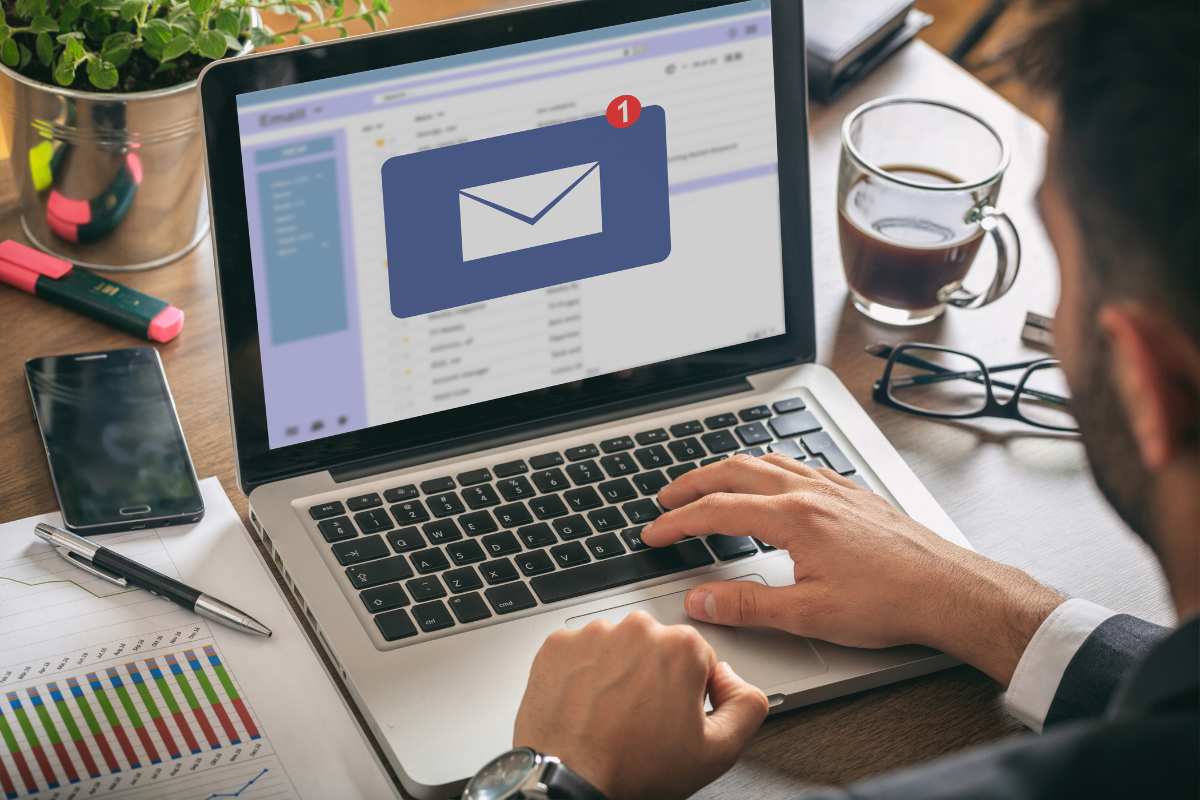Introduction
The world has seen an increase in cyber crimes and the aftermath of these crimes can range from minimalistic to the utmost devastating. The world is in a rigorous process of evolution. The companies are busy developing and modifying new technologies that are transforming the present world. Amidst this, cyber crimes are slyly sliding into this chaos in the form of emails, texts, spam calls, etc. All of this showcases the importance of cybersecurity.
Have you ever received an email that felt like it was from a trusted source? Well, that is a spam mail sent to disrupt your operations.
This article will discuss Email spoofing and how this simple spam technique can lead to larger damage.
What is Email Spoofing?
Email spoofing is the technique used by hackers during spam and phishing attacks. Hackers trick the users into believing that the email is from a trusted or reputed source. In spoofing attacks, the hackers send an email with a forged sender address and impersonate a legalized source to mask their identity. If a user recognizes the name on the sender’s address, they are likely to open the emails and the links sent. Once the links are opened, the malware gets installed in their systems. This puts all the sensitive and confidential information of the company and the user at risk.
These emails can be detected when observed closely or by taking effective cybersecurity measures.
A Brief History

Spamming is not a new thing that we are experiencing now. It has been there and has transitioned into a more effective practice. Back in the 1990s, it was challenging for companies and people to fight spam attacks. This era saw a slight rise in spam calls and emails being sent to users by unknown sources.
Entering into the 2000s, the number of cyber-attacks has increased significantly. Big business companies became prey to many unknown groups. Hackers, through phishing, started sending spoof emails to retrieve sensitive information like credit card details, personal credentials, and other confidential data from the users. Through email spoofing, hackers impersonate banks and send emails claiming that a user’s credentials have been compromised.
Reasons Behind This Tricky Attack
Email spoofing might seem like a basic threat, but the damage caused by it will be fatal.
Several reasons motivate hackers to commit this crime, and some of the most common reasons are:
1. Phishing:
Phishing is the most common cyber attack and the reason for spoofing emails. Hackers impersonate legitimate sources and send emails to deceive the recipients. Those emails consist of malicious links, and when opened, the malware gets installed in the system. Confidential data, networks, and the funds of a company will be endangered. Hackers usually demand money in return for installing the anti-malware.
2. Online Scamming:
These days, online scams are occurring frequently. The recipients believe that the spoof email is from a known source and use the given links. With their hidden identities, the hackers retrieve the login credentials and other sensitive information of the recipients.
3. Stealing Capital:
The most common aim for hackers is to steal the capital of a particular company. They install the malware in the firewall and demand ransom or trick them to reveal the financial information. For example, the identity thieves send a spoof mail claiming that the recipient’s credentials have been compromised and offer help to resolve the issue. Following this, they will send an OTP (One-Time-Password) to the registered number. Revealing the OTP is like giving access to the victim’s bank account and they sweep it clean.
4. Influencing The Society
The technique of email spoofing can also be used to spread misinformation and instigate fights. If a person is against a community, they turn to this practice and spread misinformation to bring down that group. This can violate the aspects of public opinion and influence political views.
5. Dodging The Spam Filters
Hackers use this technique to avoid the email spam filters. Well, if they spoof the sender’s email address, they appear to be from a legitimate source, and it is unlikely that they get filtered out.
Types of Email Spoofing
Well, email spoofing itself is a part of varied cybercrime techniques. There are different types of approaches to implement this malicious act.
They are:

- Simple Spoofing of Emails: This is a straightforward approach to cyber theft. Hackers just forge the sender’s email address to make it look like it’s from a trusted source.
- Domain Spoofing: In this step, the hacker creates a fake domain that resembles a specific source. It allows the hackers to dodge email spam filters and make the recipients believe that the email is from a trusted source.
- IP Address Spoofing: In this method, hackers usually change the IP address of an email to make it look like it has been sent from a different location. They use this tactic to protect their identity and location from any kind of legal action.
- Reply-to Spoofing: This is a smart move that hackers make. Even though an email is from a legitimate source, they change the reply-to address, which would direct the recipients to the hacker’s domain.
How to Prevent Email Spoofing?
With the ever-evolving tech and threats based around that, we must try not to be vulnerable to external sources. Email spoofing might look like an unusual act of cyber threat, but the aftermath of the attack will be devastating.
It is important to take certain measures to defend against this attack. Companies should install efficient defense authentication mechanisms.
A Company Should Follow These Three Steps:
- Sender Policy Framework(SPF)
- Domain Keys Identified Mail(DKIM)
- Domain-based Message Authentication, Reporting, and Conformance(DMARC)
Apart from this, companies and recipients should avoid clicking on suspicious links without confirming that it is from a trusted source. Installation of anti-virus software is a must, as it helps detect unwanted sources beforehand.
Real Incidents:
- Dyre Phishing Scam
- The Sony Pictures Leak
- RSA
- The Nordea Bank Incident

Conclusion
Everything has become digital in the present world, and there is a rise in cyber threats. Cyber threats can be in different forms, and one such simple yet challenging form is email spoofing. These spoof emails can suck out the sensitive information that a company or a recipient holds, leading to financial loss and bad reputation. There is a possibility that even a simple email from a delivery executive might be from a hacker who is impersonating that trusted company. It is important to be aware of such attacks and install email authentication mechanisms.






